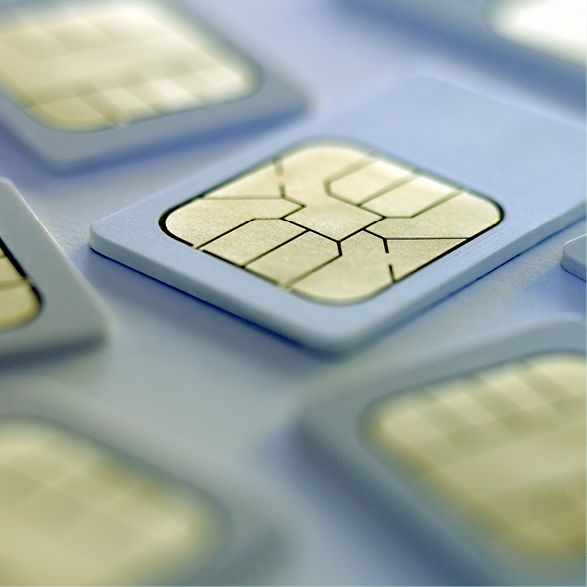Remote Android Reader
Verify inaccessible and non-removable UICC or eUICC cards.
Test remote card content for physically inaccessible SIMs, UICCs, embedded Secure Elements (eSE) and eUICCs.

Remote Android Reader is an Android application that allows UICC card content or eUICC profiles to be read and verified when the UICC card or eUICC is inaccessible or physically embedded in the device.
Key benefits
-
Test remote card content for physically inaccessible SIMs, UICCs or non-removable embedded Secure Elements (eSE) and eUICCs.
Runs on all versions of Android v4.4 (KitKat) and above.
Live status updates in UI for remote connectivity and number of commands received and responses sent.
Save logs of all testing locally on the Android handsetand remotely on the test PC.
Key features
Fime provide an example SEAC rule to add to the ARA-application on the UICC or to the ASN.1 profile before loading it into the eUICC.
- Secure TLS connection from Remote Android Reader to the Mobile Card Test Tools.
- Supports secure channel protocol interfaces to verify SCP02 and SCP03 keysets in applications and GlobalPlatform security domains.
How it works.
Use Remote Android Reader in conjunction with our mobile test tools including Mobile Card Test Platform, Mobile Card Profile Tester or Mobile eUICC Profile Tester. Acts as proxy for sending commands from test tool on PC to RemoteAndroid Reader application on the Android device.Specifications.
Command and response APDUs.
All command and response APDUs received and sent from Fime’s Mobile Card Test Tools to the SIM/UICC/eUICC via Remote Android Reader comply with ETSI 102 221.
Secure Element requirements.
Support for SEAC on the secure element to allow Fime Remote Android Reader application installed on the Android handset to communicate with the secure element.
The Access Rule Application (ARA-C or ARA-M) of the secure element requires one of the following rules:
Allow all / Allow the hash rule for the app.
Support for multiple Open Mobile-API (OM-API) readers, e.g., eSEs, UICC, etc.
Installation requirements.
Users must install Android Debug Bridge (ADB) on the test PC and enable USB debugging on the test handset to allow the ADB to install Remote Android Reader .apk on the test handset.
Téléchargement
Download our technical specifications sheets for more information.

 Fime Remote Android Reader flyer.pdf
Fime Remote Android Reader flyer.pdf
